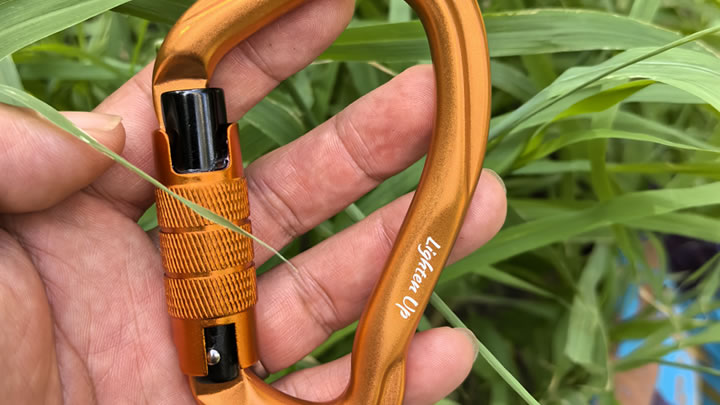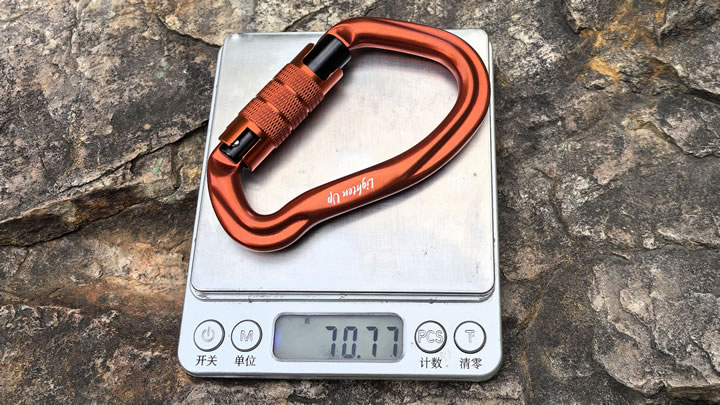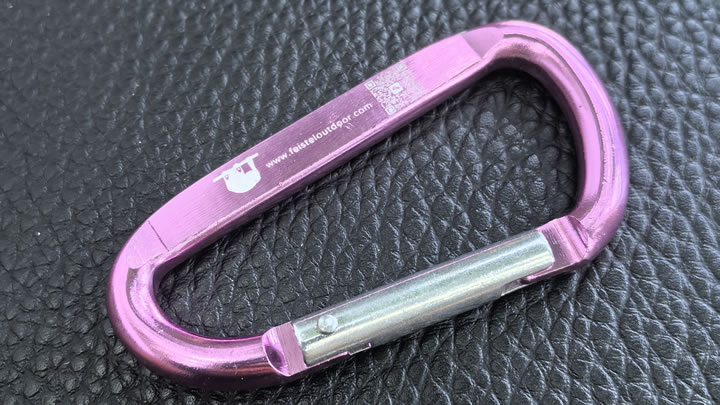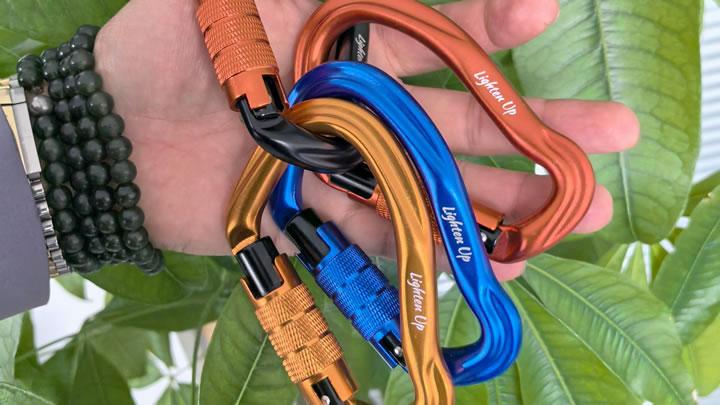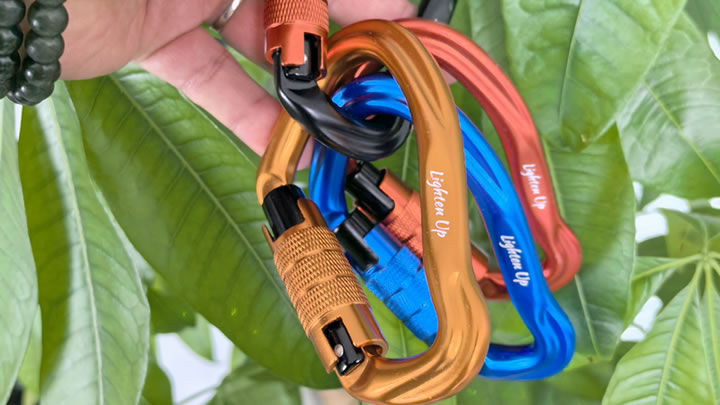Carbon fiber vs. aluminum trekking poles – which is better for hiking?
When choosing trekking poles, one of the biggest debates among hikers is whether carbon fiber or aluminum poles are better. Both materials have pros and cons, depending on your hiking style, budget, and terrain. In this guide, we’ll compare carbon fiber vs. aluminum trekking poles to help you decide which is best for your next adventure.

1. Weight: Carbon Fiber Is Lighter
One of the biggest advantages of carbon fiber trekking poles is their lightweight nature. They typically weigh 20-30% less than aluminum poles, making them ideal for:
- Long-distance hikers (thru-hikers, backpackers)
- Ultralight enthusiasts who want to minimize pack weight
- Fast-paced hiking where reduced fatigue matters
Aluminum poles, while slightly heavier, are still manageable for most hikers and offer better durability in rugged conditions.
2. Durability: Aluminum Is Tougher
If you frequently hike on rocky, uneven, or off-trail terrain, aluminum trekking poles may be the better choice. They:
- Bend rather than snap under extreme stress
- Handle impacts better (e.g., dropping, striking rocks)
- Are less prone to catastrophic failure
Carbon fiber poles, while strong, can shatter if subjected to sharp impacts (e.g., getting caught in a rock crevice). However, high-quality carbon fiber models are reinforced to reduce this risk.
3. Vibration Dampening: Carbon Fiber Wins
Carbon fiber naturally absorbs trail vibrations, reducing strain on your hands, wrists, and arms. This makes them more comfortable for:
- Long downhill hikes (less joint fatigue)
- Hikers with arthritis or joint pain
- Smooth, well-maintained trails
Aluminum poles transmit more shock, which can lead to more hand fatigue over time. Some models include anti-shock mechanisms, but they add weight.
4. Price: Aluminum Is More Budget-Friendly
- Aluminum poles are generally cheaper, making them great for beginners or casual hikers.
- Carbon fiber poles cost 20-50% more but are favored by serious hikers who prioritize weight savings.
If you’re unsure about using trekking poles, starting with affordable aluminum poles is a smart choice before upgrading.
5. Weather & Temperature Considerations
- Aluminum poles can get very cold in winter, potentially making them uncomfortable to grip.
- Carbon fiber poles stay more neutral in temperature but may become brittle in extreme cold.
For winter hiking or mountaineering, aluminum is often preferred for its reliability in freezing conditions.
Which Should You Choose?
Pick Carbon Fiber Trekking Poles If You:
✅ Want the lightest poles for speed and efficiency
✅ Hike mostly on well-maintained trails
✅ Are willing to pay more for premium performance
✅ Need better shock absorption for joint comfort
Pick Aluminum Trekking Poles If You:
✅ Need durable, budget-friendly poles
✅ Hike on rocky, technical, or off-trail terrain
✅ Prefer a tougher pole that bends rather than breaks
✅ Are a beginner or occasional hiker
Final Verdict
Both carbon fiber and aluminum trekking poles have their place in hiking. If weight and comfort are your top priorities, carbon fiber is the best choice. If you need durability and affordability, aluminum is the way to go.
Pro Tip: Some brands offer hybrid models (carbon fiber shafts with aluminum tips) for a balance of lightness and strength.
FAQs
Q: Do trekking poles really help with hiking?
A: Yes! They improve balance, reduce joint strain, and increase endurance.
Q: Can carbon fiber poles break easily?
A: High-quality ones are strong but can shatter under extreme force, unlike bendable aluminum.
Q: Are telescopic or foldable poles better?
A: Telescopic (aluminum) is more adjustable; foldable (carbon) is more compact for packing.
By understanding these key differences, you can choose the best trekking poles for your hiking style. Happy trails! 🚶♂️
#HikingGear #TrekkingPoles #HikingTips #OutdoorAdventure

